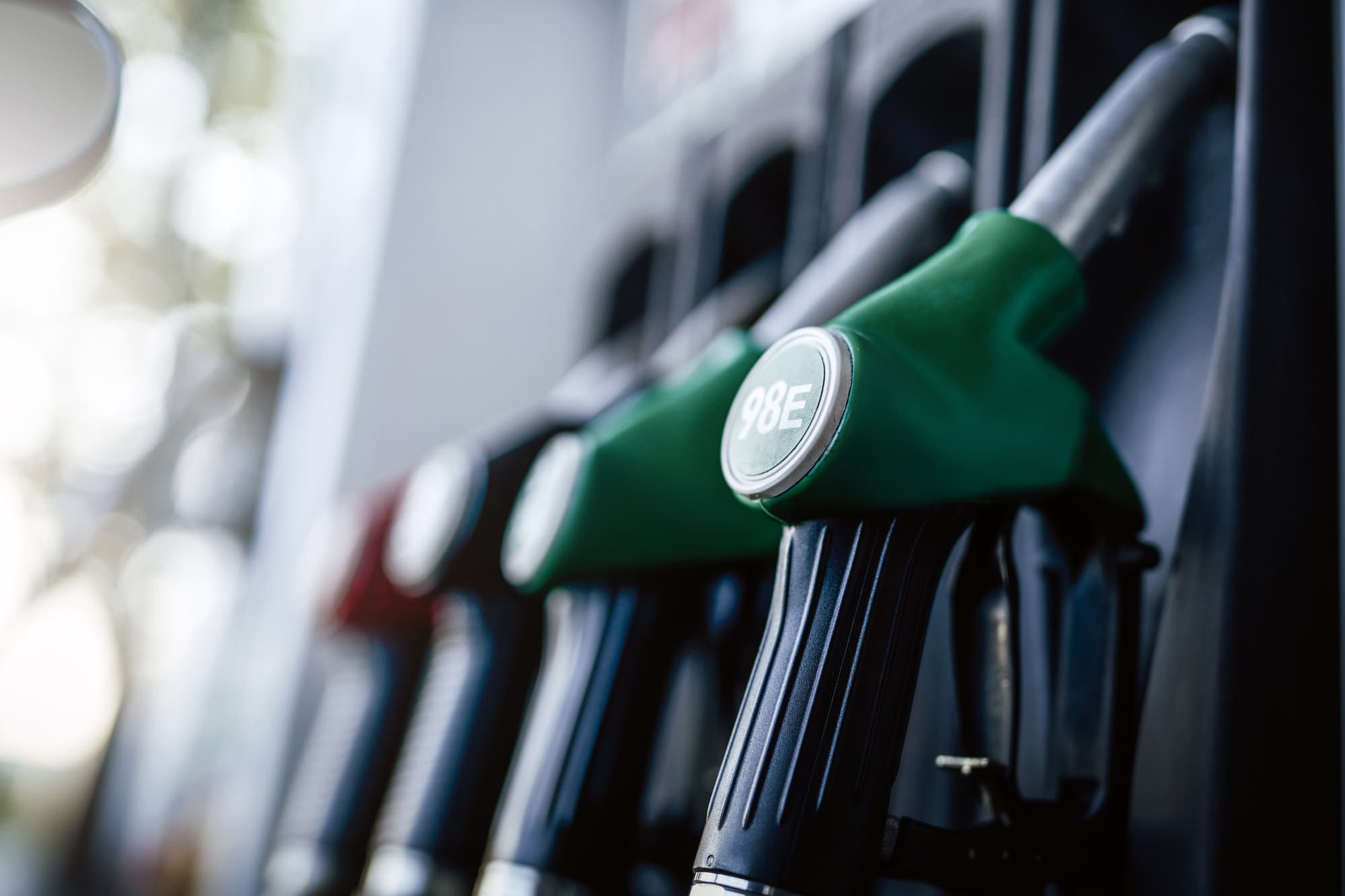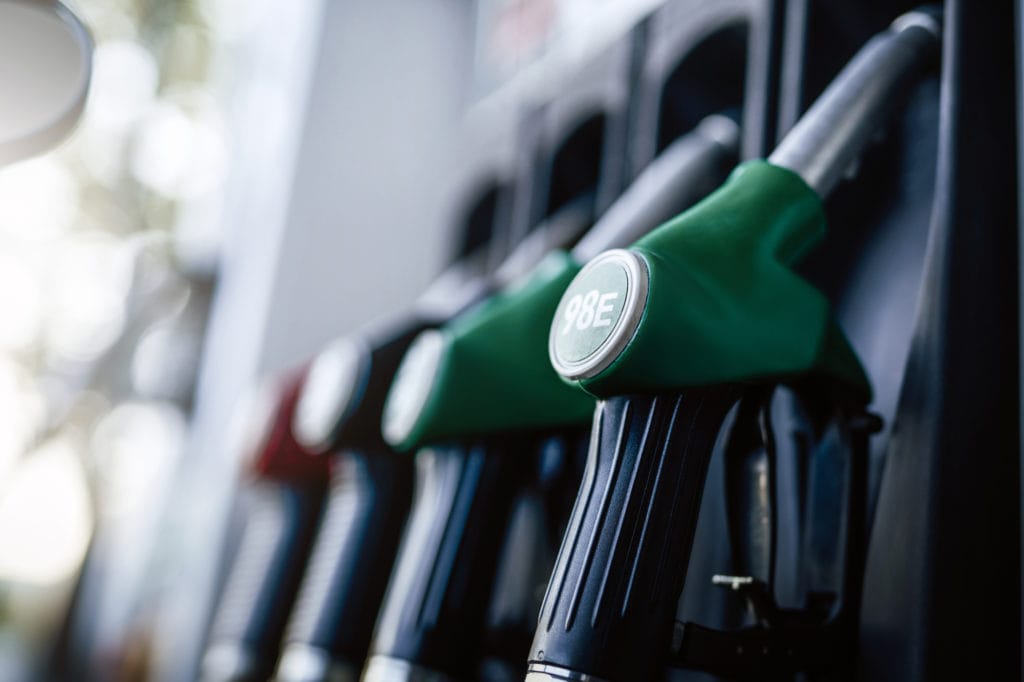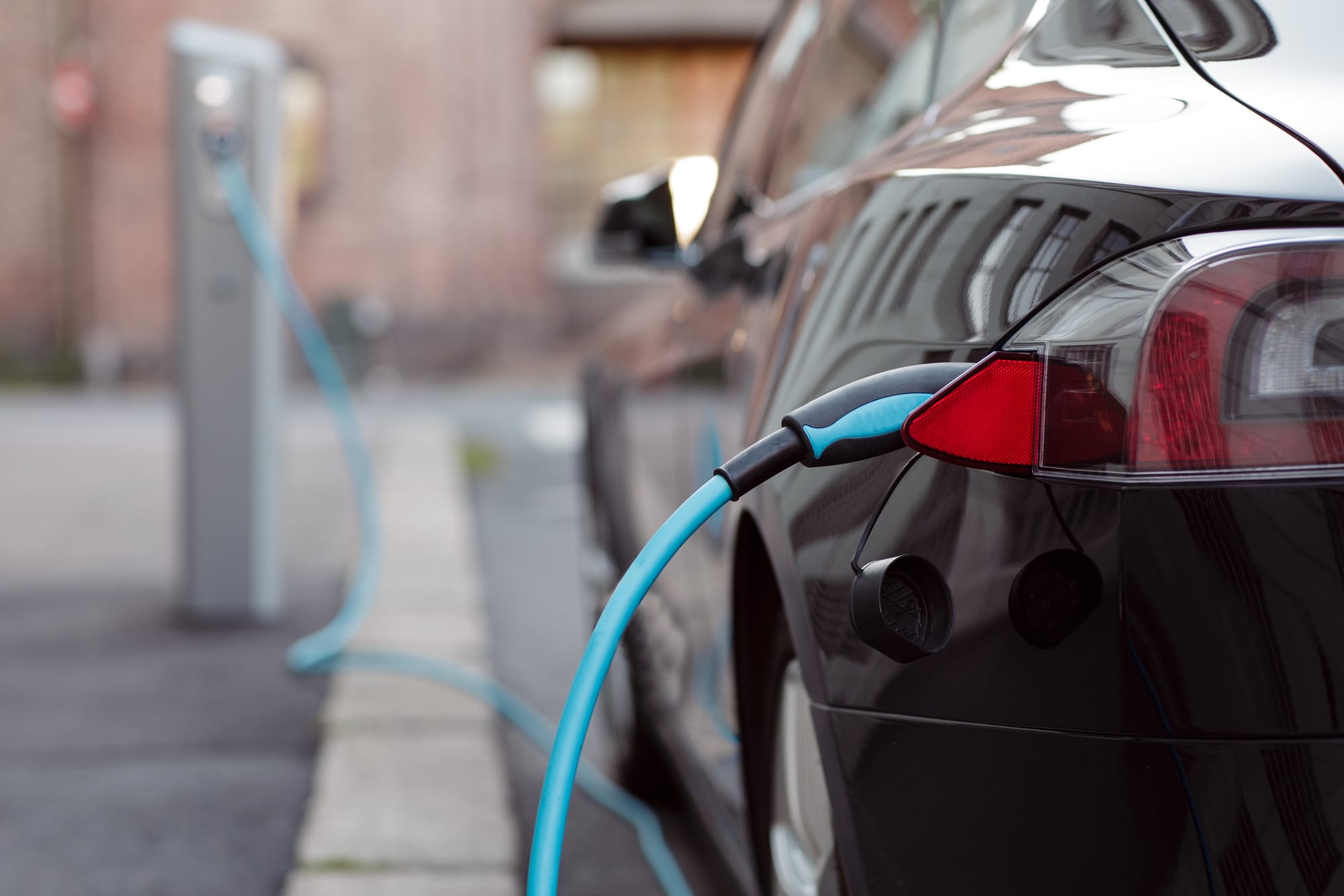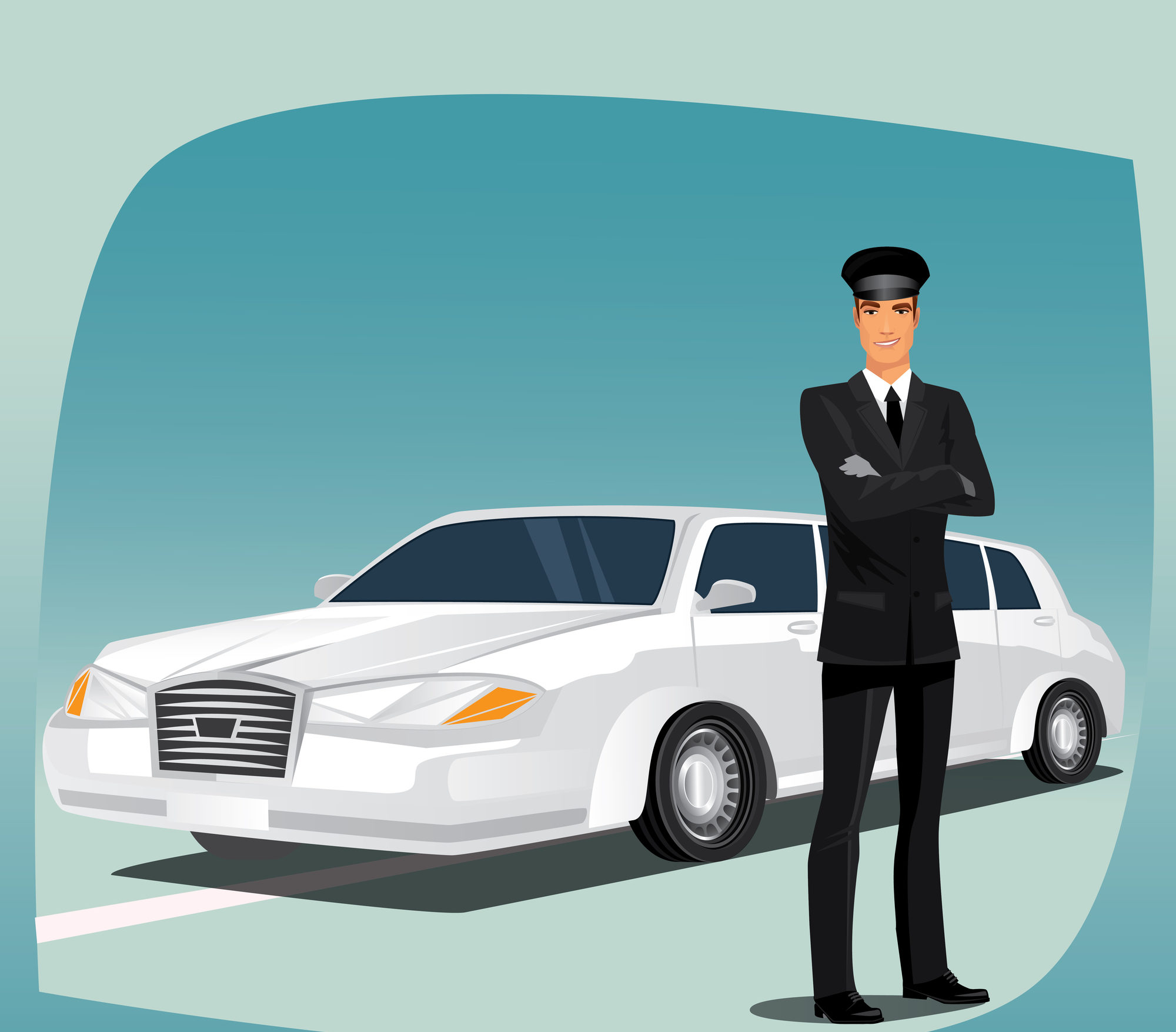Sometimes it just seems like the livery industry can’t catch a break. The pandemic was bad, the economy is slow, inflation is a pain, and now the gas prices are through the roof. It seems like every time you get our limo fleet in gear, there’s another obstacle in the way.
But don’t let it get you down. The livery industry is made up of hard workers – savvy business owners and smart transportation operators. You’ve been through a lot, and you’re still here. So, how are you all dealing with the rising gas prices?
Table of Contents
Fuel Prices are Way Up
This week, prices at the pump have hit a 14-year high. Prices were already going up in recent months, as oil suppliers struggled to keep up with rising demand as businesses recovered from Covid disruptions. And now, they’ve jumped up 11% just in the last seven days. The cost is going up in response to increasing sanctions aimed at blocking Russia from exporting crude oil, a diplomatic move to pressure the country into vacating its seemingly unprovoked invasion of Ukraine.
Banning Russian oil imports has set off a bit of a cyclical effect with car owners panic pumping, pushing up demand, and severe market speculation continuing to bump up the price of crude oil. In fact, AAA expects that prices haven’t peaked yet; they will likely keep going up for the foreseeable future.
According to Reuters, gasoline prices are back to where they were in during the 2008 financial crisis and up 45% from a year ago. In places like California, where fuel costs are typically above the national average, a gallon of gas can cost nearly $5.50. California’s prices are even higher because they include taxes imposed on drivers to fund environmental programs.
Limo Drivers Are Faced with Few Choices
For most vehicle owners, the high price of gas is just an inconvenience. They might have to drive less, carpool, and consolidate trips. But for us, it’s a little more complicated. You can’t exactly take the bus to work.
Absorbing the Cost
The first thing a livery operator needs to do is figure out how to maintain the current level of service with the current fleet. That means getting creative with routes and being a little more efficient with fuel consumption. For the time being, some transportation operators are simply absorbing the cost and turning off the engine while waiting for riders.
“I want to keep my customers. I don’t want to tell them I have to charge you $25 more to take you to the airport so I’ll just eat it, because I’m hoping this is short. I don’t know how long it’s going to take.”
– John Rodriguez owner of Angel Limousines with a fleet of 16 limos and party buses
For example, drivers for Uber and Lyft, who were already hit hard by the pandemic’s impact on wages and working conditions, say that paying more at the pump means they must spend more time driving in order to earn the same amount of money. Some gig drivers are working more than 60 hours per week, and others say that driving is no longer profitable and are putting it in park. Without a wage increase or support from rideshare companies, drivers don’t see the point.
“My costs are higher, my pay is the same, so I’m losing money. That’s a mathematical reality. We are at the point where we need the companies to pay bonuses every week just to make the job sustainable.”
– Rondu Gantt, ridesharing driver in San Francisco
To ease the problem, in fact, Uber just announced that it would add a surcharge on fares and deliveries in the U.S. and Canada which will go into effect March 16.
Put the Fleet in Park
Yet, the skyrocketing costs are pushing some drivers to think about exiting the industry:
“Ask me in a week and I’ll let you know if I can keep doing this,” he said. “I think we’re going to be losing a lot of drivers who can’t afford to fill up. Paying for gas comes out of my income, so this really hurts.”
– Ricky Gardner, food delivery driver in North Carolina
Increasing Rates
While others are raising rates. It’s been done before — in response to rising operating costs for insurance, safety compliance, driver training and licensing — and it will probably be necessary again. The cost of operating a limousine is a lot higher than the cost of driving a sedan, and that’s not going to change anytime soon. Stretch Limo Chicago, for example, posted a 15% fuel surcharge last week with a heartfelt explanation:
“As much as we try to stay competitive, increases and decreases in gas surcharge will occur over time. This is something beyond our control. Stretch Limousine is dedicated to top quality service, and in order to keep our service at top quality we have to take some steps that are not always welcome but unfortunately necessary. We thank you in advance for your understanding.”
Other operators aren’t so sure this is the best solution. One reason is because business travel hasn’t yet rebounded from the pandemic, so the majority of customers these days are leisure travelers and students who are more sensitive to price hikes. And drivers fear that these clients won’t be willing to pay:
“If I go with the maximum hourly rate, people will hang up on me. The only alternative I see for the future is to invest in electric cars so we won’t need to worry about gas anymore.”
– Kyle Seo of Urban Limousine Services
Seeking Fuel Alternatives
So, that brings us to another possible solution as more transportation companies start looking into alternative fuel sources. Some companies are already using hybrid vehicles or even all-electric cars. The upfront cost is high, but the long-term savings can be significant, especially in the face of surging fuel prices.
Related article: Limousines & Metro Cars May Go Electric by 2030.
LL24 – Cut Operating Costs with a Limo Answering Service
It’s a tough industry, but LimoLive24 can help. Contact us to learn more about outsourcing call answering, scheduling, and livery dispatch.





